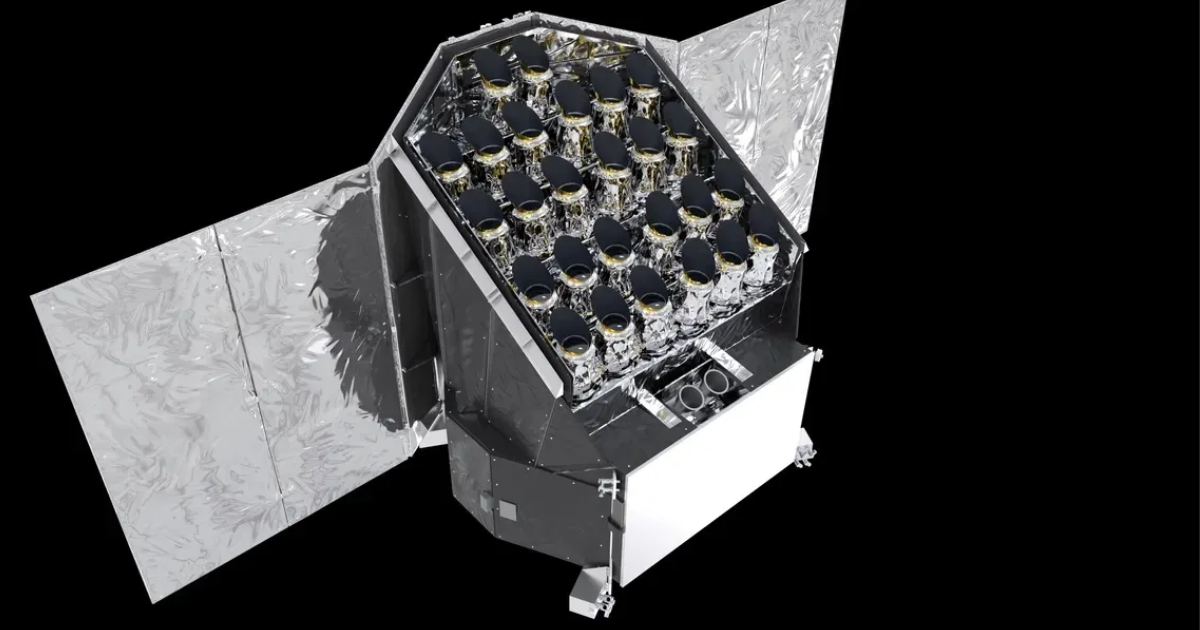
One of the many priorities for space agencies around the world is to find planets that could support human life.
Locating a planet that has a similar setup to Earth, with liquid water, plenty of land, and orbiting a star similar to our sun would provide many important benefits.
Even if the planet is prohibitively far away for us to travel to now, it could offer an option in the future should we develop faster than light travel.
Monitoring such a planet could also give us important insights into how things work here at home.
Of course, a planet that is like Earth would also have the possibility of having life develop on it.
A new telescope being launched by the European Space Agency been designed specifically to help accomplish the goal of finding an Earth-like planet somewhere in the galaxy.
The European Space Agency’s new PLATO mission will be collecting information about stars, and the planets that orbit them. PLATO stands for PLAnetary Transits and Oscillations.
Dr. David Brown of the University of Warwick recently spoke with IFLScience about the net space telescope:
“One of the major goals is to find an Earth-Sun equivalent if you like. So an Earth-sized planet in the habitable zone of a star like the Sun. And to find it around a star that’s bright enough that we can really measure the planet’s mass, measure its radius, so we can be sure that it’s real.”
Having this telescope gather information about stars on a large scale will help to narrow down the search for planets.
There are many stars that could not support an Earth-like planet, so those can be quickly ruled out.
Dr. Brown says:
“You have two halves of the mission. One is exoplanets and one is the stars themselves. From a scientific point of view, I think that’s quite exciting that we have these two halves working together to get the best possible science we can out of it.”
Beyond just the primary goals of finding stars that could support Earth-like planets, and finding planets that are similar to our own, there are other objectives as well.
Dr. Brown went on:
“We have a bunch of other scientific objectives. How well can we understand the way that planetary systems evolve and change over time, really? We’re really trying to understand planetary systems as whole entities rather than sort of planet by planet.”
This is not just one telescope though.
Instead, it is 26 telescope/cameras combined into one unit. The first two are cameras that can operate very quickly, and the remaining 24 are standard speed cameras in groups of six, each group slightly offset from the others.
Dr. Brown explains why this is important:
“One of the big problems with transiting exoplanets is figuring out which of the things you find are real and which ones are not. Using multiple telescopes we built a way to get rid of some of the mimics that we might otherwise see. Plus it also just looks quite cool. You’ve got this big square with all of these telescopes pointing at you and it looks really unique!”
The telescope is still being assembled and tested, but is expected to launch in late 2026.
The PLATO mission may help astronomers discover the Earth’s twin.
If you thought that was interesting, you might like to read about a second giant hole has opened up on the sun’s surface. Here’s what it means.